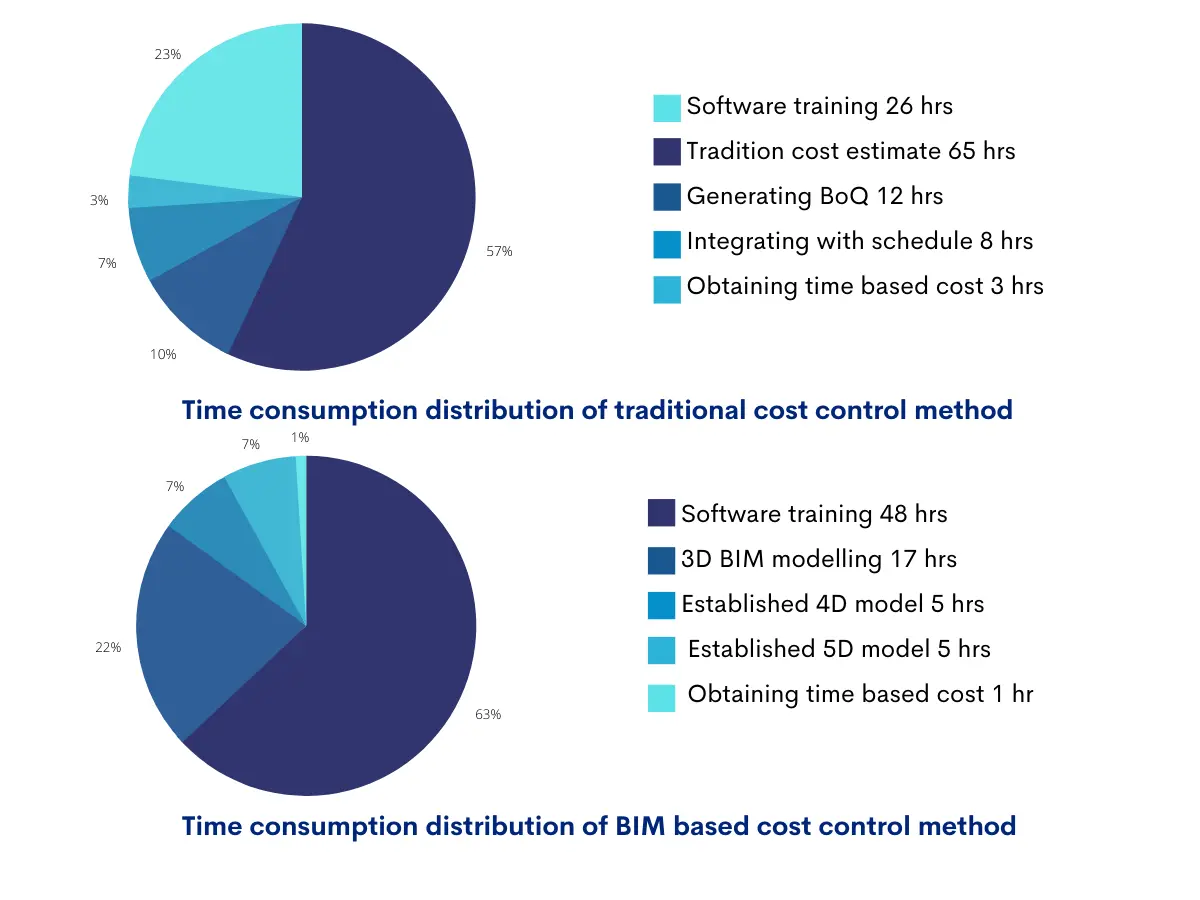Challenges of BIM for QS practice
- Proper technical knowledge and Modelling practices
It is hard to adopt new information technology (IT) in the industry due to technical reasons. Problems such as the lack of support system, difficulty to understand the complex software and also the low number of skilled technical experts and modelers are among the reasons
For an organization to adopt BIM fully, there will be essential and basic changes to its operational processes. Once a company successfully adopts BIM, the process of design will be brought forward to the start of the project.
BIM has been known to provide an interchange of electronic data without boundaries, the management of professions, trades, and industries are still kept fixed in cultural and geographical boundaries, as well as political identities.
In order to implement BIM successfully, firms need to upgrade their hardware, obtain the necessary software, and also require their employees to go for the BIM training in order to transform a 3D environment into a complete BIM system. The firm needs to periodically upgrade its hardware to run the processing software, and this has become a significant barrier particularly for small-medium size enterprises.
- Teamwork and Collaboration
Even though the implementation of BIM has offered new ways for cooperation between the project team, some problems may arise during its application. For instance, an issue may occur when the method for sharing model information among the team member is not being determined. If traditional drawings on paper have been used by the architect, then a third party will have to construct a model to be used for the estimating and planning of the construction project.












.png)
